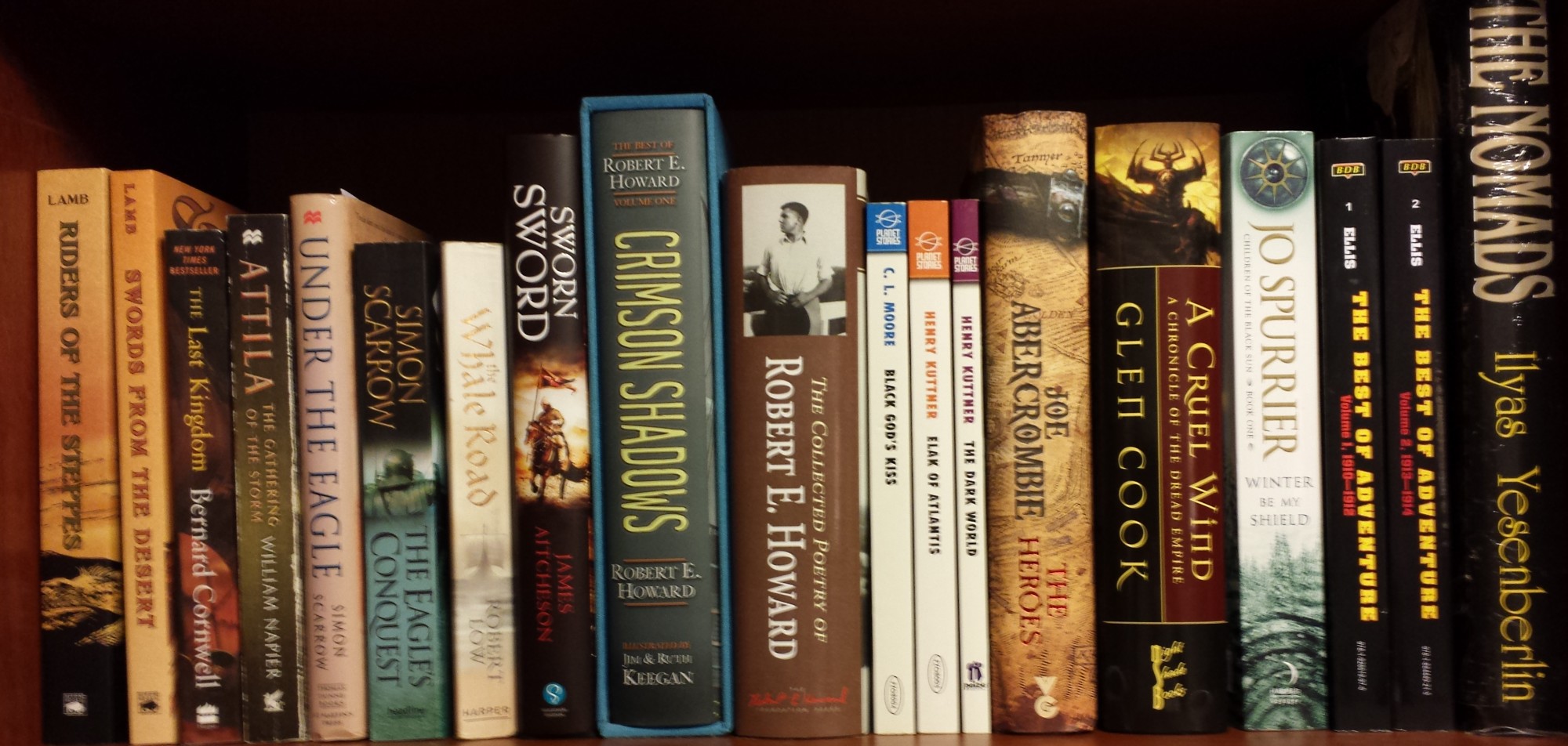April 17, today, marks the birthday of Lloyd Biggle, Jr. (1922-2002), and J. N. Williamson (1932-2005).
Lloyd Biggle, Jr. wrote science fiction beginning in the late 1950s through the early seventies, with a few stories published in later years. He wrote at novel and short fiction lengths. He was well-known and popular in his day. I doubt anyone who has begun reading science fiction in the Twenty-First Century has heard of him. Except for a Megapack and a Best of collection (both from Wildside Press), he is out of print. Those are actually different editions of the same book. The Megapack is the electronic edition, and the Best of is the print edition. Biggle also wrote mysteries, and he was a musician. Some of his fiction deals with music.
I’ve only read a couple of his short stories, and that was years ago. I have a favorable impression in my mind, but I don’t recall any details. I know older writers who have mentioned him have spoken favorably about him.
J. N. Williamson wrote horror. He also wrote both short fiction and novels. I’ve not read any of his novels, but I enjoyed his last collection, Frights of Fancy, It was published by Leisure Books. Again, that was years ago, and I don’t recall any specifics. I do remember that I enjoyed quite a bit.
I know a number of writers had issues with Leisure, but as a reader, I really liked them. They published a number of mass market paperback collections. I don’t know how often they published collections, since they mainly focused on novels, but it seemed like there would be a new horror short story collection from them every few months. I always picked them up when I saw them. Collections, in my opinion, are a great way to try out a new writer. A single novel might not be to a particular reader’s taste, but collections usually show at least a portion of an author’s range.
But I digress.
These are two writers whose work was well-received when they were active. It’s too bad they are both out of print now.





